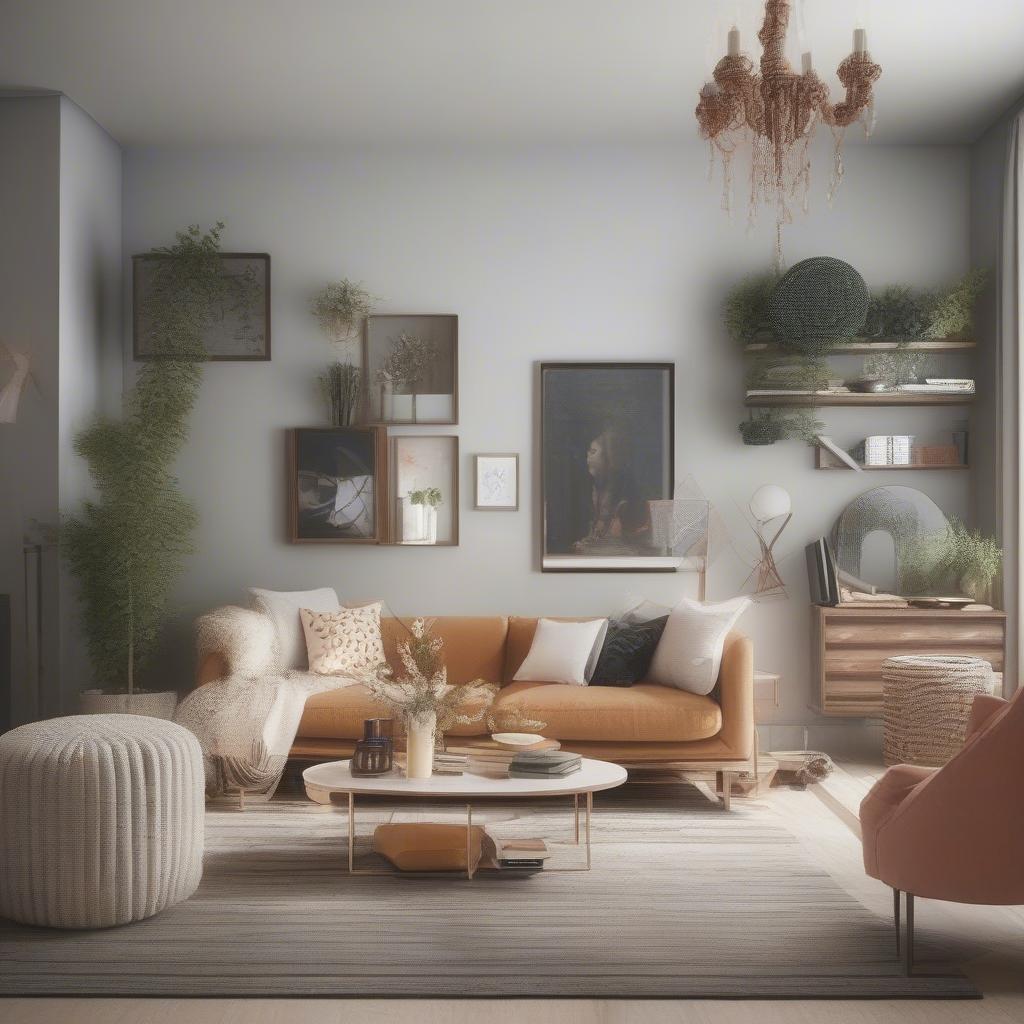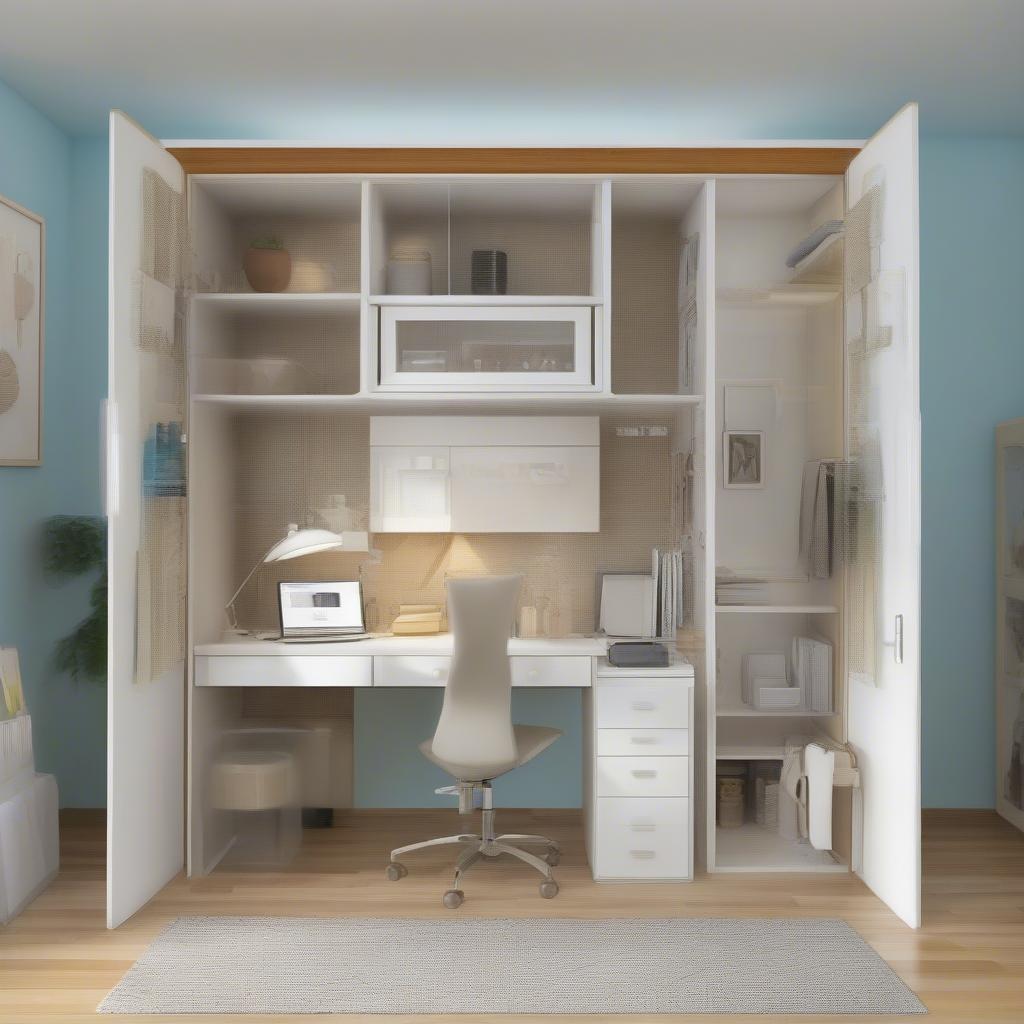 “`html
“`html
10 Genius Ways to Make Your Small Home Feel Bigger
Did you know that the average American home has shrunk by over 100 square feet in the last decade? But here’s the good news: you don’t need a bigger house to make your space feel larger. With the right design choices and clever tricks, you can create the illusion of a more open and spacious home—without knocking down walls or breaking the bank.
10 Ways to Make Your Home Feel Huge
In this article, we’ll explore 10 genius ways to make your small home feel bigger. Whether you live in an apartment, a tiny house, or a cozy condo, these smart home decor ideas will help you maximize every inch of your space.
1. Choose a Light & Bright Color Palette
One of the easiest and most effective ways to make a small space feel bigger is by using light colors. Shades of white, cream, soft grays, and pastels reflect natural light, making a room feel open and airy. Dark colors, on the other hand, absorb light and can make a space feel more confined.
Neutral Color Palette
For the best results, stick to a monochromatic color scheme. This means using different shades of the same color throughout the room. A seamless flow of color tricks the eye into seeing a larger space. To add depth and interest, incorporate textures like linen, cotton, and woven fabrics in your decor.
2. Use Mirrors to Create the Illusion of Space
Mirrors are a small home’s best friend. They reflect both natural and artificial light, instantly making a room appear larger and brighter. The strategic placement of mirrors can work wonders in opening up a space.
Mirrors Magic
Here are some expert mirror placement tips:
- Hang a large mirror opposite a window to reflect natural light.
- Use a full-length mirror in a narrow hallway to create depth.
- Position a decorative mirror above a fireplace or sofa to enhance the room’s openness.
- Try mirrored furniture, such as a mirrored coffee table or dresser, for a touch of elegance and spaciousness.
3. Invest in Multi-Functional Furniture
In a small home, every piece of furniture should serve more than one purpose. Multi-functional furniture helps save space while adding convenience and style.
Multifunctional Furniture
Consider these space-saving furniture ideas:
- A sofa bed that turns into a guest bed.
- An ottoman with hidden storage for blankets and books.
- A wall-mounted desk that doubles as a dining table.
- A coffee table with built-in shelves or nesting stools.
Choosing sleek, minimalist furniture with clean lines will also help maintain an uncluttered look, making your home feel larger and more organized.
4. Maximize Vertical Space
When floor space is limited, look up! Vertical storage solutions help free up valuable floor space while keeping your home neat and stylish.
Maximize Vertical Space
Here’s how to use vertical space effectively:
- Install floating shelves for books, decor, and plants.
- Use tall bookcases or cabinets to maximize storage.
- Hang wall-mounted storage racks in the kitchen for utensils and spices.
- Try a loft bed with built-in shelving for a functional and space-saving solution.
Even artwork and decorative elements placed higher up can draw the eye upward, creating the illusion of taller ceilings.
5. Declutter Like a Pro
Nothing makes a small home feel more cramped than clutter. The key to making your space feel bigger is to keep it organized and free of unnecessary items.
Decluttering Tips
- Use storage bins, baskets, and drawer organizers to keep things tidy.
- Follow the “one in, one out” rule—if you bring something new into your home, remove something old.
- Donate or sell items you haven’t used in the last six months.
- Keep countertops and tables clear of unnecessary decor.
A minimalist approach not only makes your home look more spacious but also creates a calm and stress-free environment.
6. Let the Light In
Good lighting can make or break the perception of space. A well-lit room feels larger, brighter, and more inviting.
Natural Light
Try these lighting tricks:
- Replace heavy, dark curtains with sheer or light-filtering ones.
- Keep windows clean and free of obstructions to let in maximum sunlight.
- Layer lighting with floor lamps, table lamps, and LED strips for a balanced look.
- Use recessed lighting or wall sconces to save space compared to bulky fixtures.
If natural light is limited, opt for daylight-mimicking LED bulbs to create a bright and cheerful ambiance.
7. Use Rugs to Define Spaces
Statement Rugs
Here’s how rugs can help:
- Use different rugs to separate spaces (e.g., one for the living area, and another for the dining space).
- Choose rugs that are proportional to the room—oversized rugs can overwhelm, while tiny rugs make a space feel disconnected.
- Stick to light-colored or neutral rugs with simple patterns to avoid visual clutter.
A well-placed rug anchors furniture and gives each area its own identity without the need for physical dividers.
8. Embrace Minimalism
Less is more when it comes to decorating a small space. A minimalist approach helps create an open and airy feel while preventing overcrowding.
Minimalism Design
Follow these minimalist home decor principles:
- Focus on a few statement pieces rather than filling your space with too many items.
- Keep surfaces clear and uncluttered.
- Opt for furniture with sleek designs and hidden storage.
- Choose quality over quantity when decorating.
By keeping the decor simple and intentional, you’ll create a home that feels spacious and harmonious.
9. Opt for Glass or Lucite Furniture
See-through furniture like glass tables, lucite chairs, and acrylic shelves can make a room feel open and less cluttered. Because they allow light to pass through, they create the illusion of more space.
Glass and Lucite Furniture
Try incorporating these transparent elements:
- A glass dining table instead of a bulky wooden one.
- Clear acrylic chairs that blend seamlessly into any decor style.
- Floating glass shelves for storage without the visual weight of traditional shelving.
- Mirrored or glass-front cabinets to maintain openness while providing storage.
These pieces add elegance while keeping your home light and airy.
10. Create Zones with Room Dividers
Open floor plans can sometimes feel overwhelming in small spaces. Room dividers help define areas while maintaining an open feel.
Room Dividers
Consider these stylish room divider ideas:
- Bookshelves that act as a partition between living and dining spaces.
- Sheer curtains that provide separation without blocking light.
- Folding screens that can be moved when needed.
- Indoor plants arranged in a row to create a natural divider.
Creating designated zones helps make your home feel more structured and functional.
Final Thoughts
A small home doesn’t mean a small life! By using these 10 genius design tricks, you can transform your space into a bright, open, and functional haven. From using mirrors and vertical storage to embracing minimalism and multi-functional furniture, these easy and affordable changes can make a significant difference.
Which of these tips are you excited to try? Let us know in the comments! And don’t forget to share this article with anyone looking for smart ways to maximize their small space. For more home decor inspiration, visit HGFind.com—your go-to source for stylish and practical home improvement ideas!
“`
The above HTML code represents the article “10 Genius Ways to Make Your Small Home Feel Bigger” with headings, subheadings, and paragraphs. The code is written in HTML5 and uses semantic elements to improve readability and accessibility. “`html
“`html
FAQ
What are some color recommendations for making a small space feel bigger?
Use light colors such as white, cream, soft grays, and pastels. Avoid dark colors as they can make a space feel more confined.
How do mirrors help in making a small room feel larger?
Mirrors reflect light and create the illusion of space, making a room appear brighter and bigger. Place mirrors opposite windows or in narrow hallways to enhance the effect.
What types of multi-functional furniture are good for small homes?
Consider a sofa bed, ottoman with storage, a wall-mounted desk, or a coffee table with built-in shelves for maximizing space and convenience.
How can I use vertical space in a small home?
Use floating shelves, tall bookcases, wall-mounted storage racks, and loft beds with built-in shelving to free up floor space and keep your home organized.
What are some tips for decluttering a small home?
Use storage bins, follow the “one in, one out” rule, donate or sell unused items, and keep countertops clear of unnecessary decor.
How does lighting affect the perceived size of a room?
Bright and balanced lighting can make a room feel larger. Use sheer curtains, clean windows, layered lighting, and light-filtering bulbs to let in more natural and artificial light.
How can rugs help in defining areas in an open-plan small home?
Rugs can create distinct zones without using physical dividers. Choose light-colored, neutral rugs with simple patterns that match the room’s size.
What are the benefits of minimalism in small home decor?
Minimalism helps create an open and airy feel by reducing clutter and emphasizing quality over quantity in decor.
Why should I use glass or lucite furniture in my small home?
Transparent furniture like glass tables, lucite chairs, and acrylic shelves allow light to pass through, making the room feel more open and less cluttered.
What are some ideas for room dividers in small homes?
Use bookshelves, sheer curtains, folding screens, or indoor plants arranged in a row to create zones while maintaining an open feel.
“`

















